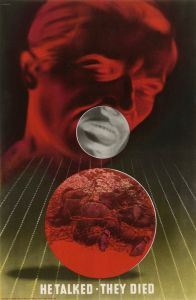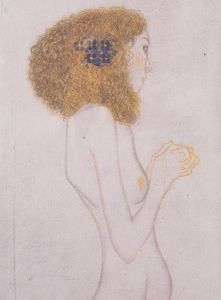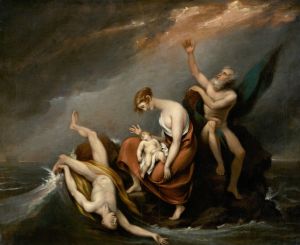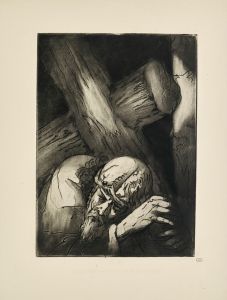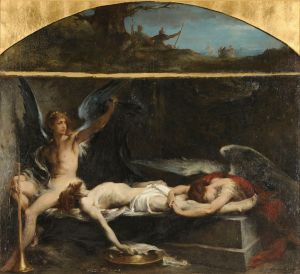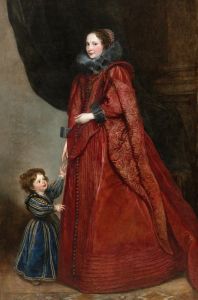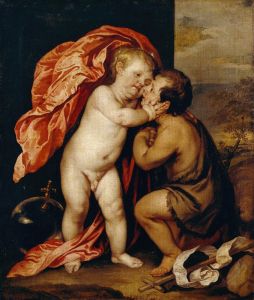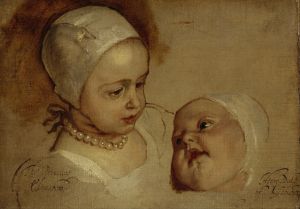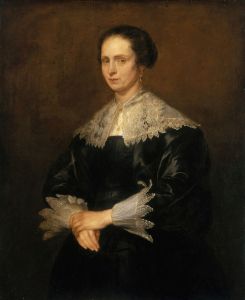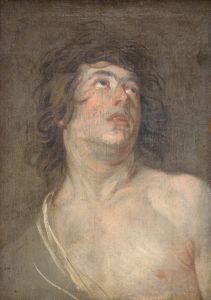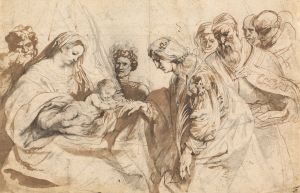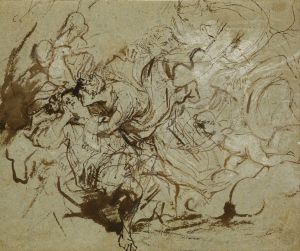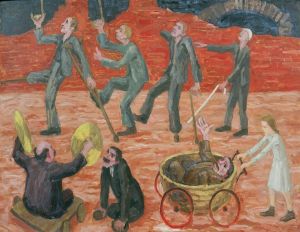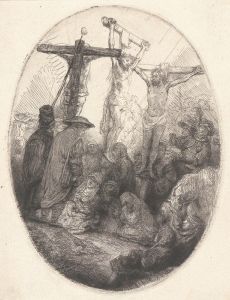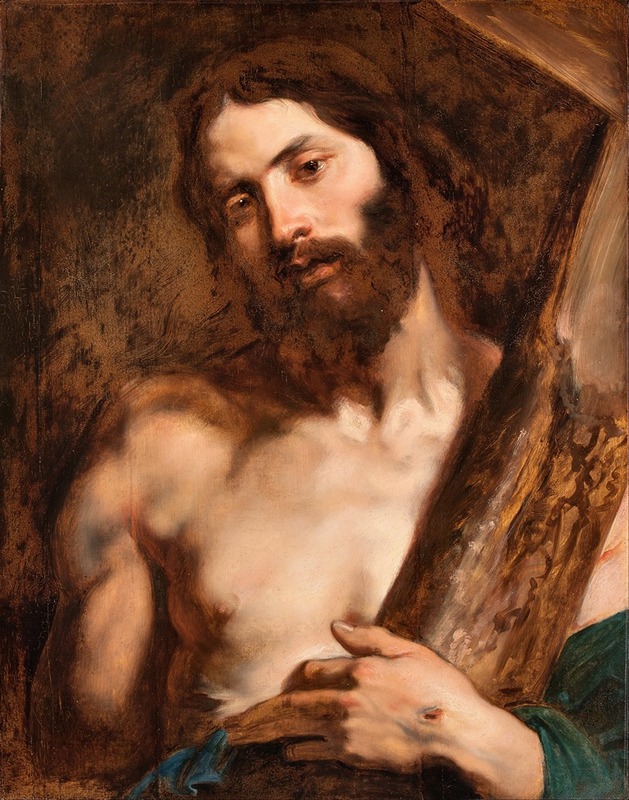
Christ Carrying The Cross
A hand-painted replica of Anthony van Dyck’s masterpiece Christ Carrying The Cross, meticulously crafted by professional artists to capture the true essence of the original. Each piece is created with museum-quality canvas and rare mineral pigments, carefully painted by experienced artists with delicate brushstrokes and rich, layered colors to perfectly recreate the texture of the original artwork. Unlike machine-printed reproductions, this hand-painted version brings the painting to life, infused with the artist’s emotions and skill in every stroke. Whether for personal collection or home decoration, it instantly elevates the artistic atmosphere of any space.
Anthony van Dyck, a prominent Flemish Baroque artist, is renowned for his portraits and religious works. One of his notable religious paintings is "Christ Carrying the Cross." This artwork exemplifies van Dyck's mastery in capturing human emotion and his ability to convey profound religious themes through his art.
"Christ Carrying the Cross" depicts the biblical scene of Jesus Christ bearing the cross on his way to Golgotha, where he would be crucified. This theme has been a significant subject in Christian art, symbolizing the suffering and sacrifice of Jesus. Van Dyck's interpretation of this scene is marked by his distinctive style, characterized by dramatic use of light and shadow, as well as his attention to detail and emotional depth.
In this painting, van Dyck focuses on the figure of Christ, capturing the moment of intense physical and emotional struggle. The expression on Christ's face is one of pain and determination, reflecting the weight of the cross and the burden of his impending crucifixion. Van Dyck's use of chiaroscuro—contrasting light and dark—enhances the dramatic effect, drawing the viewer's attention to the central figure of Christ and emphasizing the somber mood of the scene.
Van Dyck's composition is carefully arranged to highlight the narrative of the Passion. The background is typically kept minimal, ensuring that the focus remains on Christ and his suffering. This approach not only underscores the gravity of the moment but also invites the viewer to contemplate the spiritual significance of the event.
The painting is a testament to van Dyck's skill in rendering human anatomy and emotion. His ability to depict the physical strain on Christ's body, combined with the poignant expression on his face, creates a powerful image that resonates with viewers. Van Dyck's attention to detail is evident in the textures of the clothing and the wood of the cross, adding a layer of realism to the composition.
"Christ Carrying the Cross" is an example of van Dyck's contribution to religious art during the Baroque period. His work reflects the influence of his mentor, Peter Paul Rubens, while also showcasing his unique artistic voice. Van Dyck's paintings often convey a sense of movement and emotion, qualities that are particularly evident in this depiction of Christ's journey to the crucifixion.
The painting is housed in various collections, with different versions attributed to van Dyck. Each version maintains the core elements of the composition, though variations in detail and execution may exist. These works continue to be studied and appreciated for their artistic and historical significance.
In summary, Anthony van Dyck's "Christ Carrying the Cross" is a compelling representation of a pivotal moment in Christian theology. Through his expert use of composition, light, and emotion, van Dyck creates a work that not only captures the physical and spiritual trials of Christ but also invites viewers to reflect on the themes of sacrifice and redemption.





